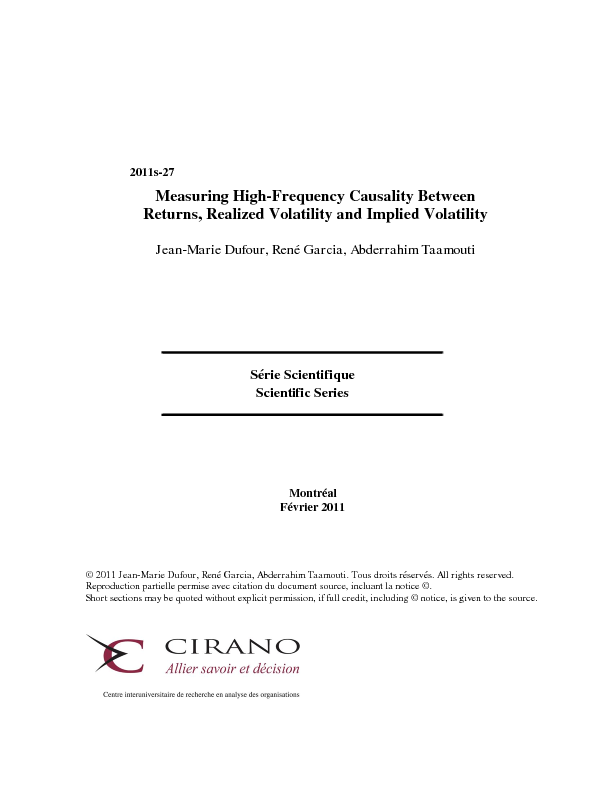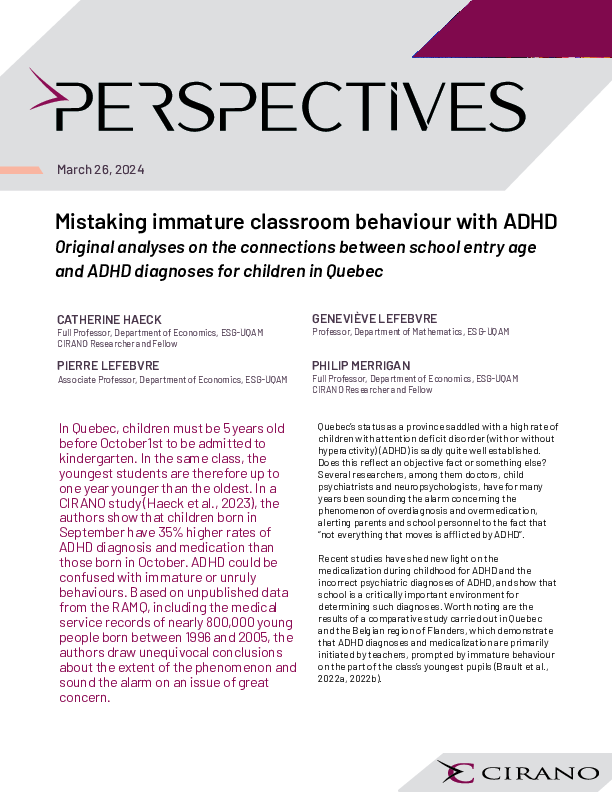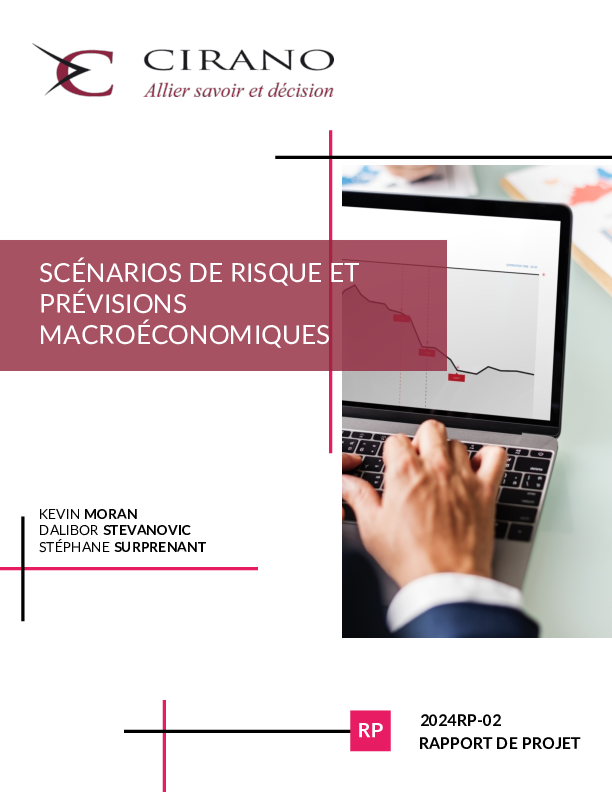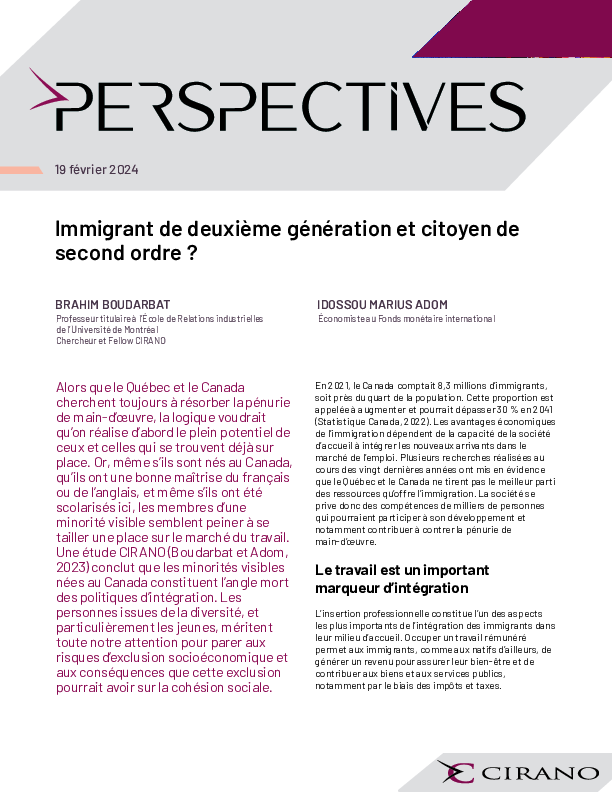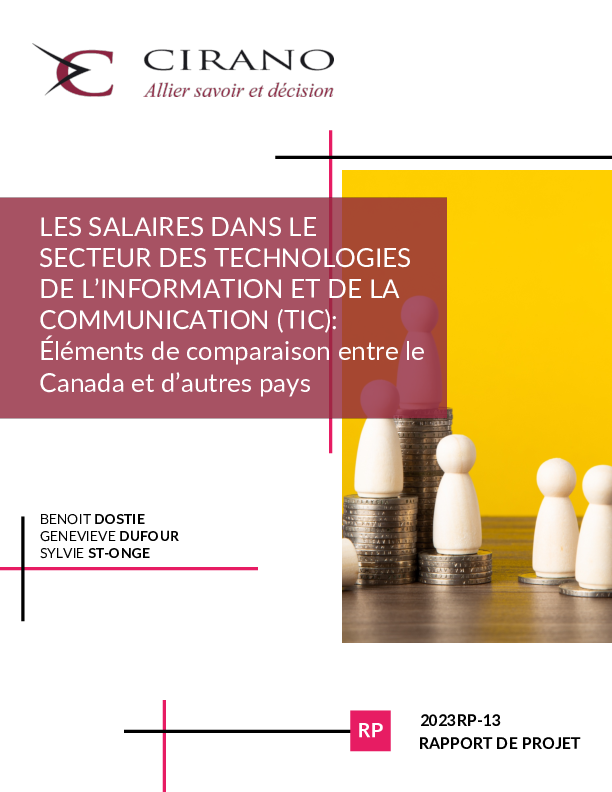Measuring High-Frequency Causality Between Returns, Realized Volatility and Implied Volatility
In this paper, we provide evidence on two alternative mechanisms of interaction between returns and volatilities: the leverage effect and the volatility feedback effect. We stress the importance of distinguishing between realized volatility and implied volatility, and find that implied volatilities are essential for assessing the volatility feedback effect. The leverage hypothesis asserts that return shocks lead to changes in conditional volatility, while the volatility feedback effect theory assumes that return shocks can be caused by changes in conditional volatility through a time-varying risk premium. On observing that a central difference between these alternative explanations lies in the direction of causality, we consider vector autoregressive models of returns and realized volatility and we measure these effects along with the time lags involved through short-run and long-run causality measures proposed in Dufour and Taamouti (2010), as opposed to simple correlations. We analyze 5-minute observations on S&P 500 Index futures contracts, the associated realized volatilities (before and after filtering jumps through the bispectrum) and implied volatilities. Using only returns and realized volatility, we find a strong dynamic leverage effect over the first three days. The volatility feedback effect appears to be negligible at all horizons. By contrast, when implied volatility is considered, a volatility feedback becomes apparent, whereas the leverage effect is almost the same. These results can be explained by the fact that volatility feedback effect works through implied volatility which contains important information on future volatility, through its nonlinear relation with option prices which are themselves forward-looking. In addition, we study the dynamic impact of news on returns and volatility. First, to detect possible dynamic asymmetry, we separate good from bad return news and find a much stronger impact of bad return news (as opposed to good return news) on volatility. Second, we introduce a concept of news based on the difference between implied and realized volatilities (the variance risk premium) and we find that a positive variance risk premium (an anticipated increase in variance) has more impact on returns than a negative variance risk premium.
[ - ]
